The dairy aisle of your local supermarket can be pretty overwhelming. Beyond the sheer number of brands to choose from, there are so many varieties of what seems like the same product. There’s skim, 1%, 2%, whole, lactose-free—the list goes on. And if you’re not sure what type of milk you need for your dinner or morning coffee, that seemingly simple decision can be daunting.
But if you lived through the South Beach Diet, you’ve probably heard horror stories and warnings about full-fat dairy. Over the past several decades, whole milk has been dubbed public enemy number one among many nutritionists and consumers. And its bad reputation has been hard to shake, with many consumers simply abandoning milk entirely in favor of nondairy options.
Is whole milk really that bad, though? Is buying watery skim milk worth the calories you’re saving? How does the type of dairy you use impact the recipes you’re making? We’re breaking down the primary differences between the different varieties of milk and dairy products so you can make an informed decision the next time you’re shopping at the supermarket.
The Nutrition
You may think that the fat content in whole milk is significantly higher than that of other types of milk, but the difference is a lot smaller than you’d think. On average, whole milk contains 3.25% fat—only a few percentage points higher than low-fat milk. To broaden your perspective, half-and-half can contain up to 18% fat, while heavy cream must be at least 36%.
So how much does that extra fat impact the caloric density of whole milk? Not by much. According to the USDA, one cup of whole milk contains 149 calories, while the same amount of skim milk contains 83.6. That difference of roughly 65 calories is the same as about nine almonds (which is not even half of a recommended serving of almonds).
Many whole dairy critics cite saturated fats as the reason why these products are less nutritious. This form of fat, which has long been dubbed the “bad fat,” can increase your risk of heart disease if you consume large amounts over a prolonged period of time. But saturated fats are present in many of the foods we eat, including extra virgin olive oil, which many nutritionists believe to be the healthiest source of fat.
“There are hundreds of different types of fat in milk, including many we don’t get much of from other foods. Some may have beneficial effects, either alone or together,” nutritionist Carrie Dennett writes in The Seattle Times.
While the presence of fat was previously believed to be a major nutritional flaw of whole milk, emerging scientific data has indicated otherwise. A 2020 study in The New England Journal of Medicine concludes that there isn’t a significant benefit to consuming low-fat dairy instead of whole dairy. The authors behind the study go so far as to suggest that nutrition guidelines should shift to “de-emphasize reduced-fat milk as preferable to whole milk.”
The milk or yogurt you buy is up to you, but the nutritional value should not make or break your choice.
The Flavor
Chefs and food personalities constantly sing the praises of fat, with many saying that fat equals flavor. And they’re not wrong. Fat acts as a conduit for other tastes and can have a major impact on the sensory experience of food. Research indicates that the human tongue has specific receptors meant to detect fat, and that those receptors can trigger the release of neurochemicals like dopamine. That’s right, there is scientific evidence that suggests that our body is designed to enjoy foods with fat.
Because fat-soluble molecules don’t dissolve or dilute on the tongue the same way water-soluble molecules do, they have the unique ability to carry and amplify the other flavors present in food. When it comes to skim milk and low-fat yogurt, the lack of fat makes it harder to detect the lactose, milk solids, and acidity present. That’s part of the reason why many people compare the taste of skim milk to water.
Another factor that contributes to this comparison to water is the texture. Fat provides viscosity and richness to milk and gives it its signature creaminess. And the consistency of food plays a major role in how enjoyable the eating (or drinking) experience is. For some, the richness and intensity of whole milk and full-fat yogurt can be too overwhelming—and that’s okay! But for those who dislike the taste of low- and reduced-fat dairy, the lack of fat is likely to blame.
The Cooking Applications
There are plenty of ways to use milk and yogurt besides having it on its own. From adding it to your cereal bowl to building the base of a homemade mac and cheese to even making naan from scratch, dairy products have a broad list of applications. A common cooking question we receive is if it’s okay to swap heavy cream, half-and-half, and whole milk for skim milk. The answer is almost always no.
Beyond the richness of high-fat dairy products that you can’t replicate with nonfat alternatives, those fat molecules play a major role: they protect it from curdling. When you integrate heat or acidity, milk products start a reaction where the proteins coagulate into clumps. And unless you’re making a batch of homemade ricotta cheese, this curdling is something you want to avoid.
The fat present in milk provides a layer of protection. Those molecules coat the proteins and act as a barrier to prevent curdling. So if you’re planning on cooking skim milk over the stove, you’re pretty much guaranteed to end up with a clumpy mess. If you’re not exposing skim milk to heat or high concentrations of acid, you can likely get away with using it in your recipes. But for peace of mind and the added flavor benefits, your safest bet is opting for whole every time.


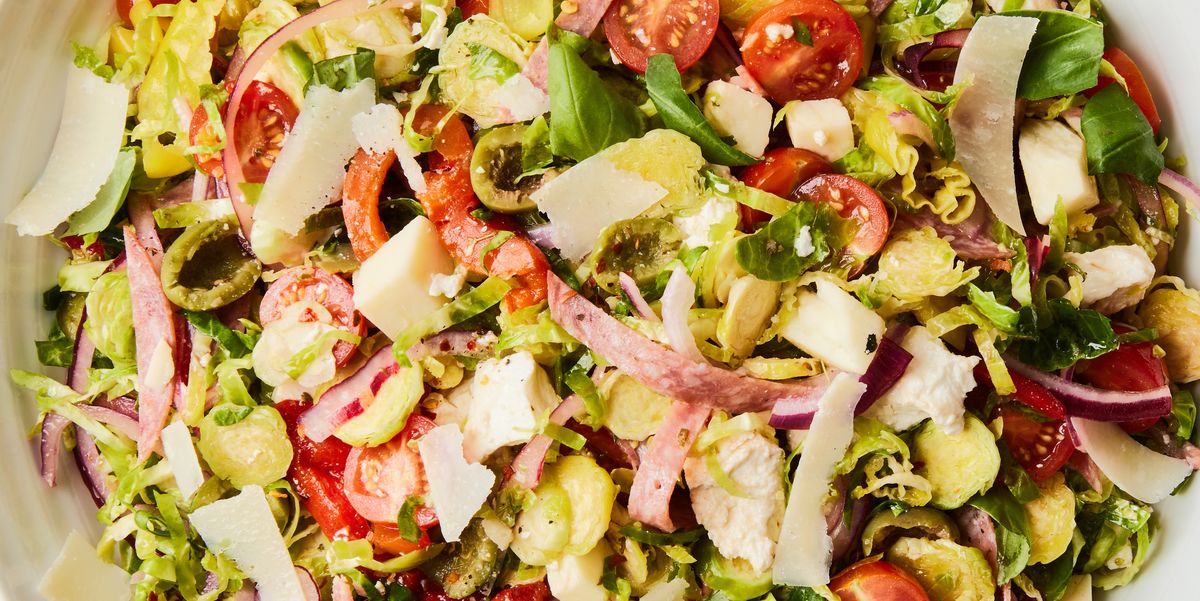
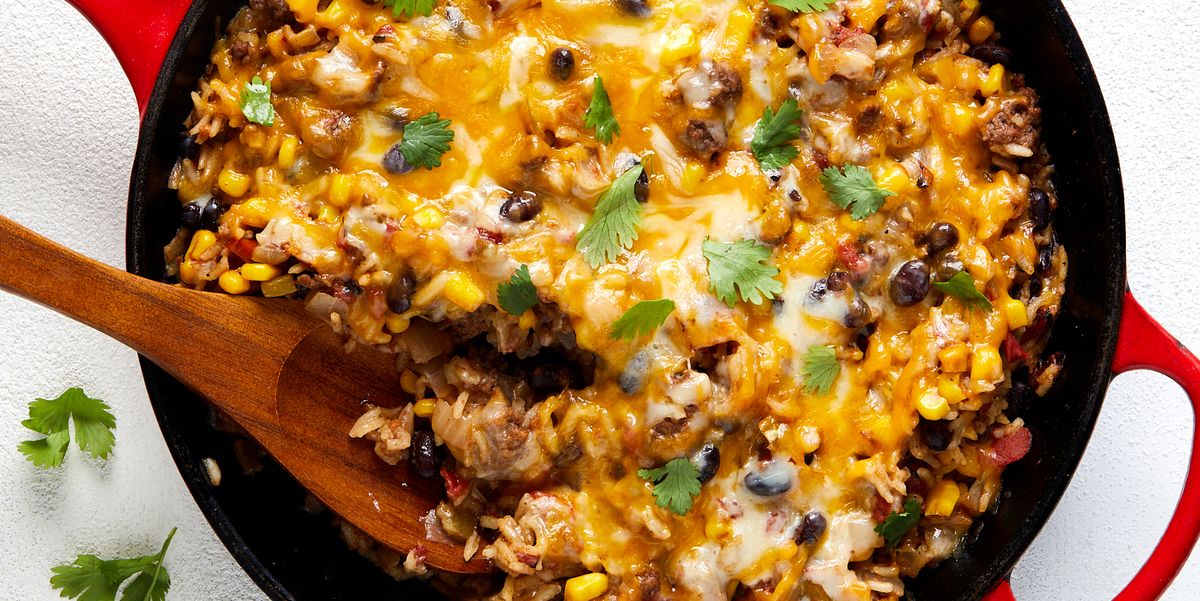
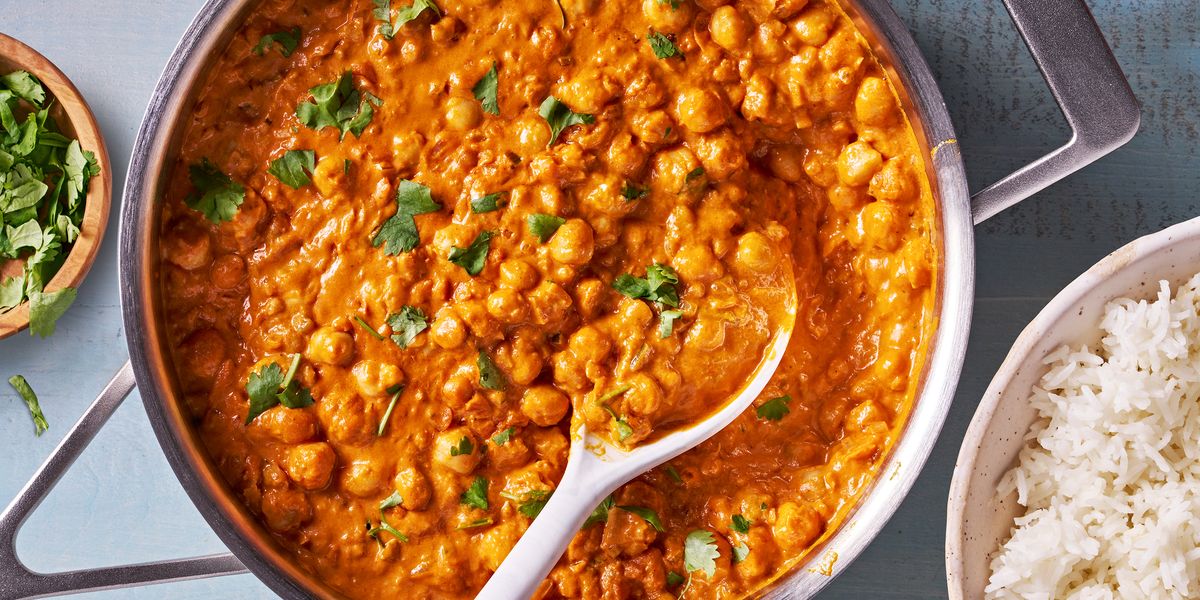

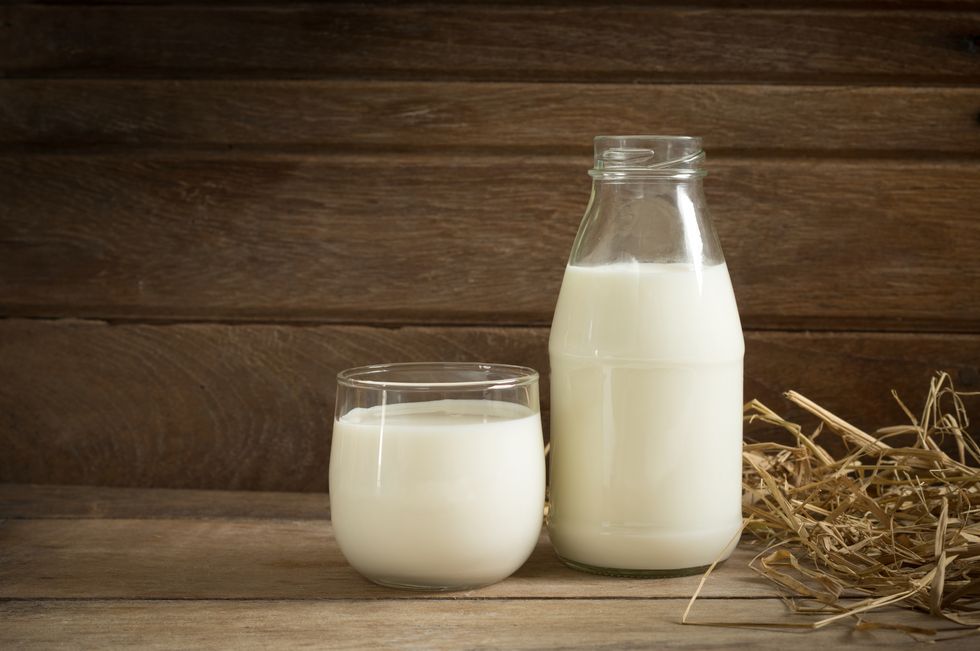






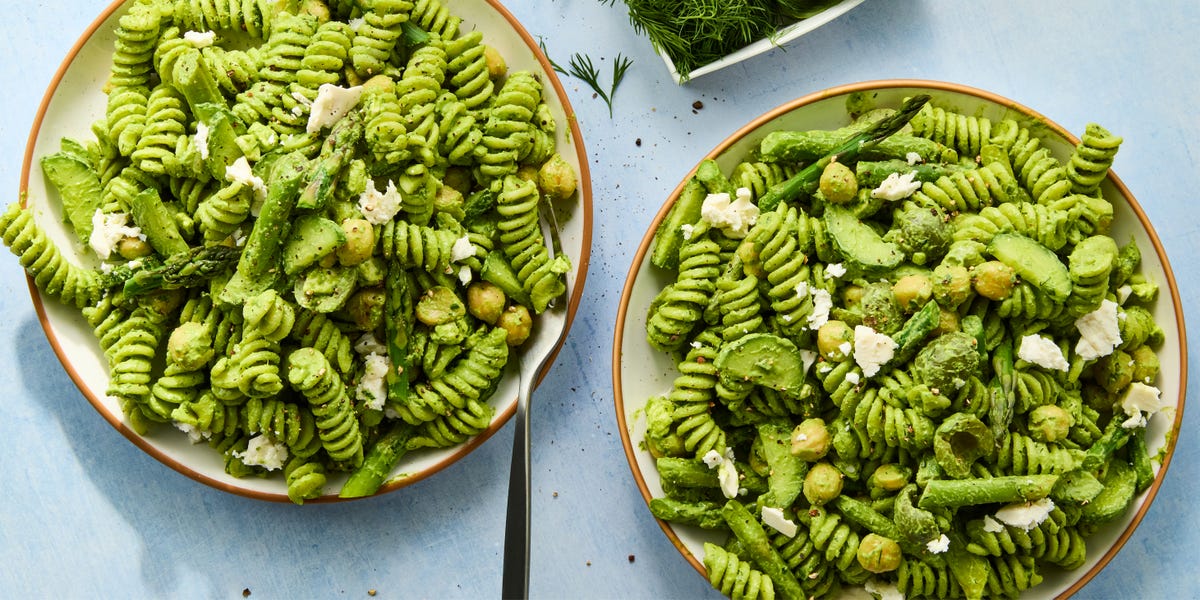



Leave a Reply